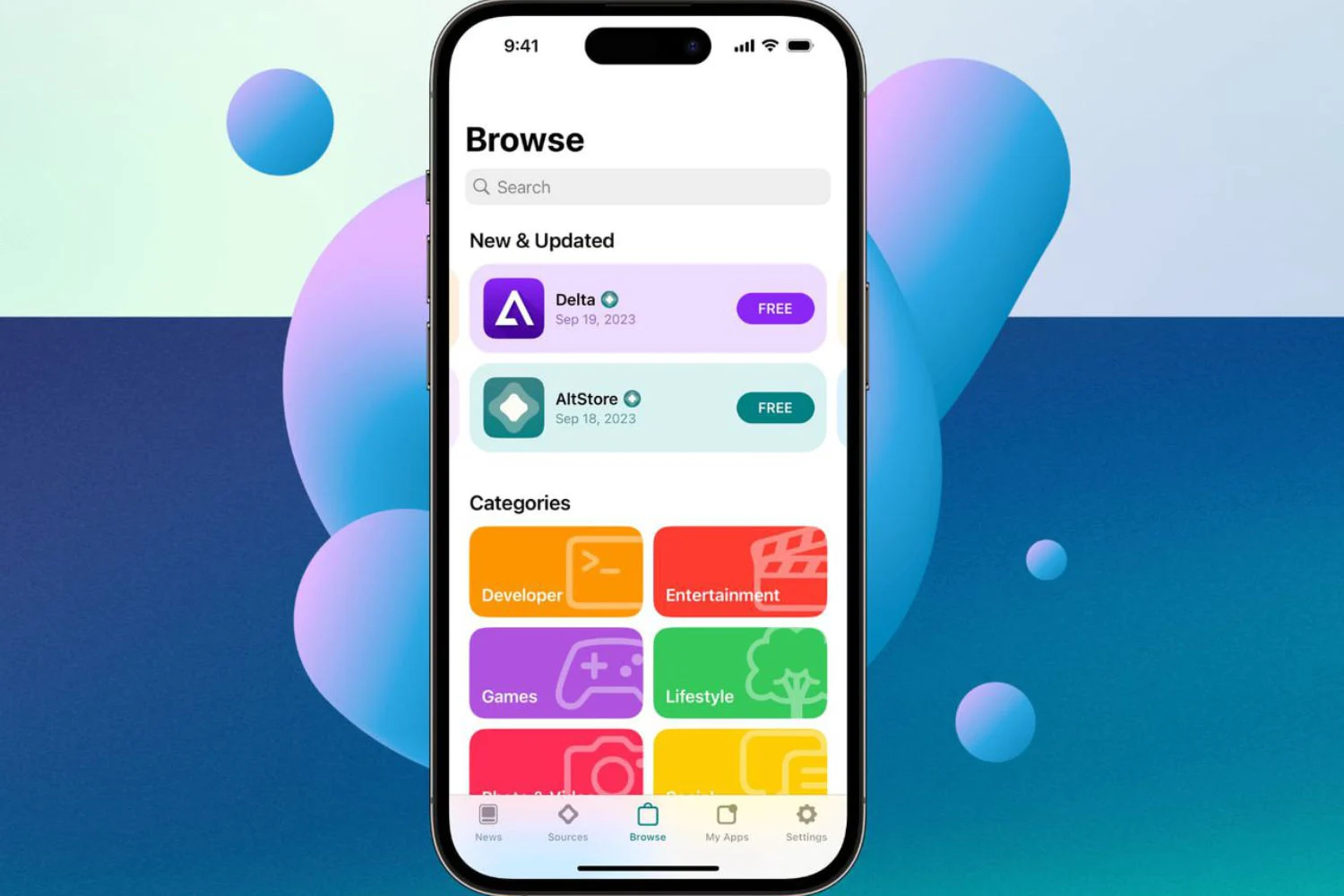Apple introduced the iPhone 14 in September. Among the new features announced that day by Tim Cook's teams, one particularly stood out.« Crash Detection »uses the phone's accelerometer to detect a road accident and automatically alert emergency services.
This miraculous feature has helped save many lives, by sending rescue forces to the scene of an accident just minutes after it occurred, while the victims are still unconscious. But over the winter, Apple's solution proved far too efficient.
Too efficient to be effective
Several call centers, especially in the United States, have received notifications of an accident deep in the mountains. These false positives were triggered bythe fall of a person on skis. In the end, the rescue forces were on site, even though their presence was not necessarily required.
With the upcoming arrival of the iOS 16.4 update, Apple may be tempted to correct this problem. The Cupertino company has been working for several months to find the right balance in its system. The objective for Apple is not to disturb the emergency forces for anything, but at the same time, it is crucial to maintain a functional and ultra-precise service to detect all road accidents.
Crash Detection: never two without three
To reduce the sensitivity of this feature, Apple had already made changes to the service's code base. With iOS 16.1.2 in November then iOS 16.3.1 last month, they modified the service without making any major changes in fact.
With the winter sports season about to end, Apple's teams are likely to have a hard time knowing if their new patch is powerful enough. For several experts, the world of cycling could be a good indicator of the level of flexibility provided in this service.

i-nfo.fr - Official iPhon.fr app
By : Keleops AG






